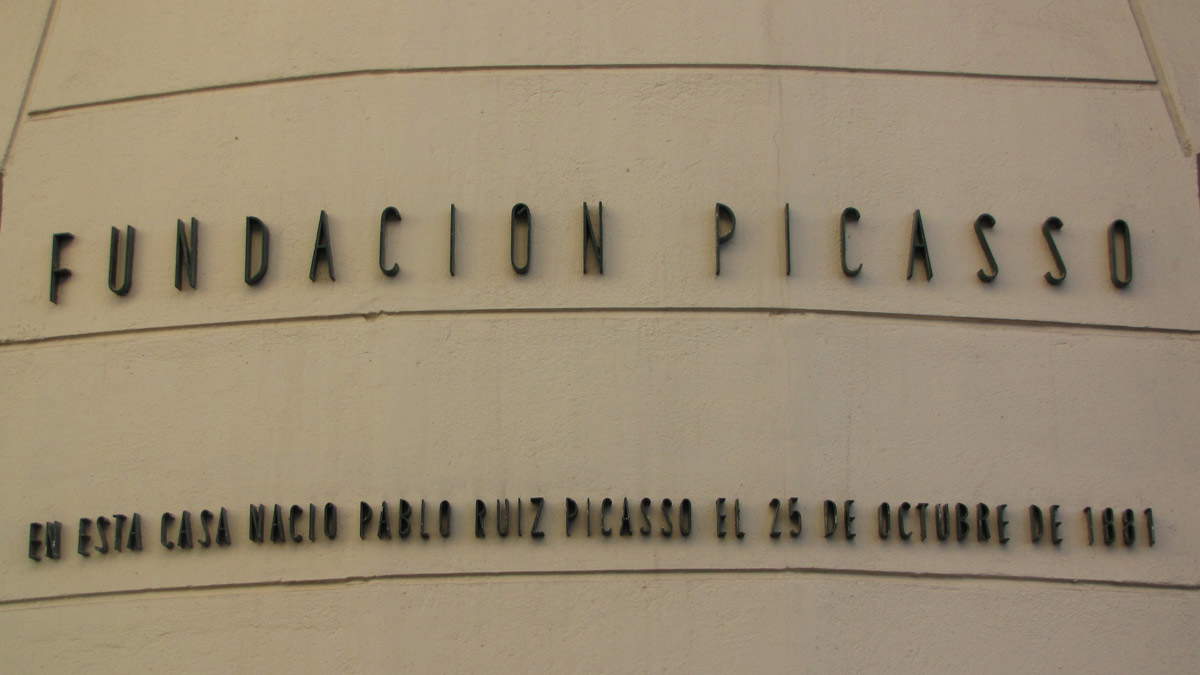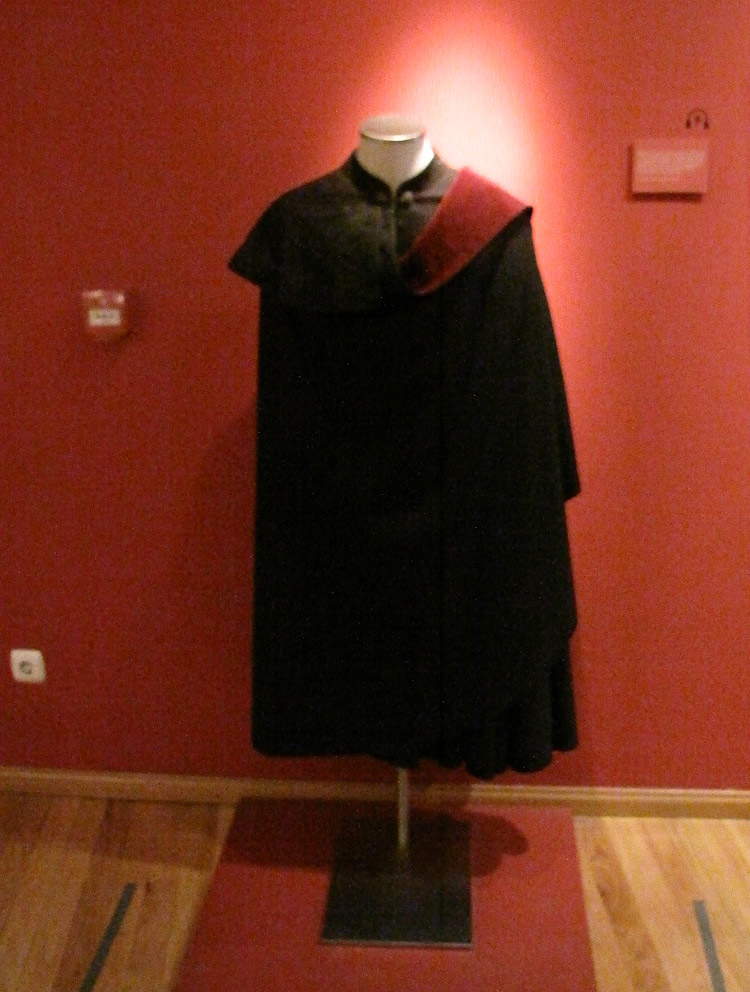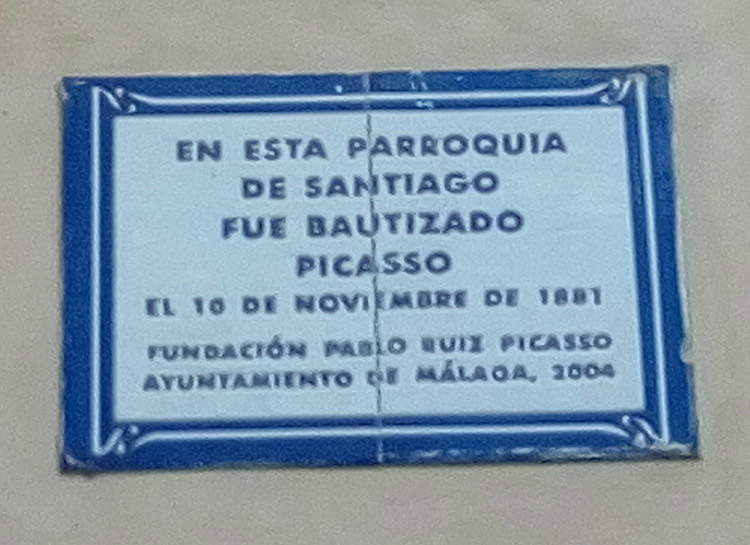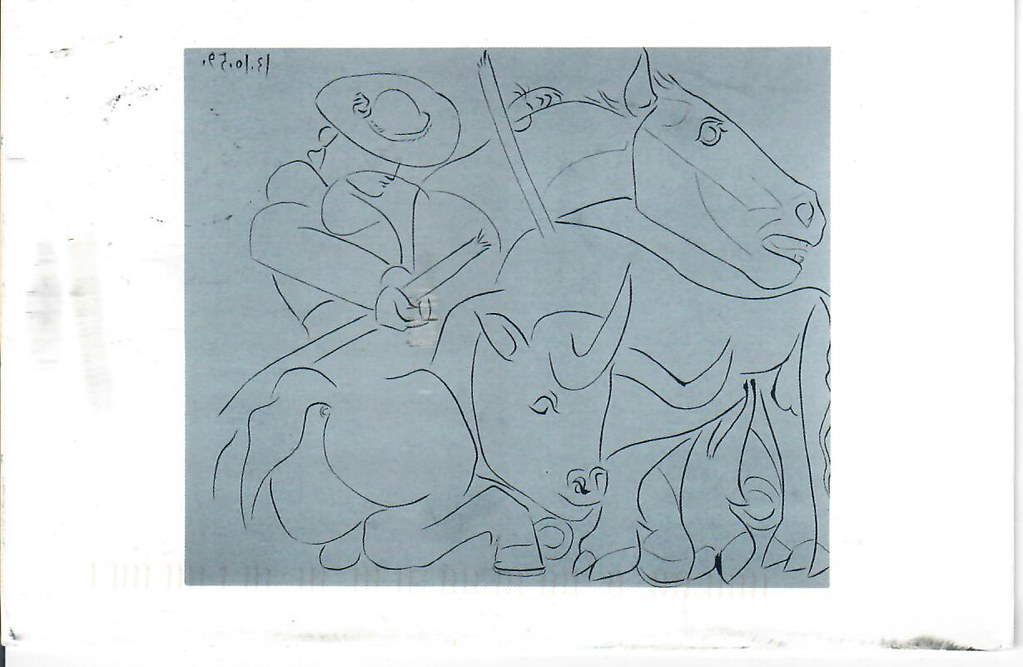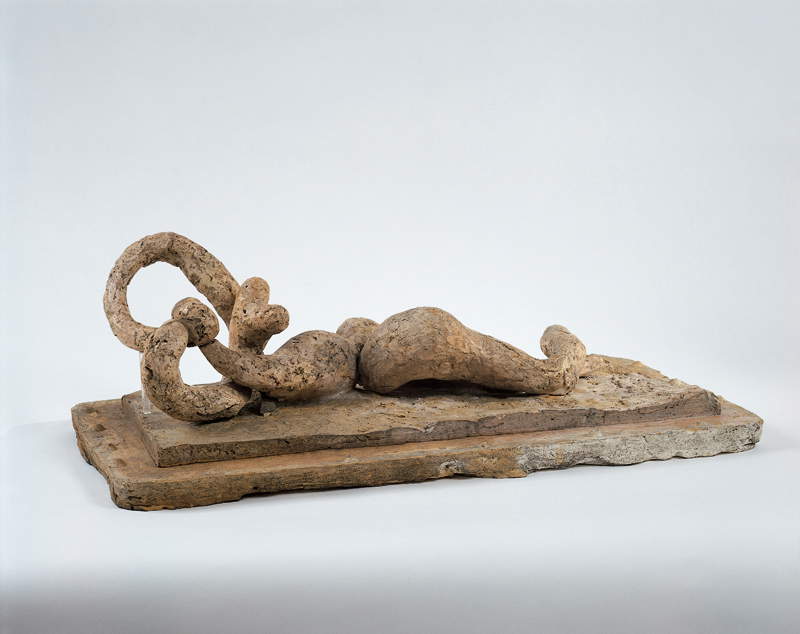by Gabriele Giannini , published on 12/07/2019
Categories: Works and artists
- Quaderni di viaggio / Disclaimer
In Malaga, Pablo Picasso's hometown, there are many testimonies to his art, divided mainly between two museums: the one set up in his childhood home, and the Picasso Museum.
Malaga is the city inAndalusia known for being the birthplace of Pablo Picasso (Malaga, 1881 - Mougins, 1973). On the plaza de la Merced, in the heart of Malaga, is Picasso’s childhood home, as well as the headquarters of the Fundación Picasso: Picasso’s childhood home was declared a historic-artistic monument of national interest on March 25, 1983, while on February 20, 1991, the Ministry of Culture integrated it into Spain’s museum system. The Foundation, on the other hand, was born on Feb. 26, 1988 as an autonomous body with the purpose of studying and promoting the figure and works of the artist.
Upon entering the building, which bore on its exterior a plaque specifying the period when the artist lived in that house (there are other informative plaques in the city posted on the walls of buildings that represented important chapters of his life), one ascends to the second floor where his parents(José Ruiz Blasco and Maria Picasso López de Oñate, the latter of Ligurian descent: the surname “Picasso” is in fact typical of the Genoese) raised both Picasso and his sisters Dolores, known as Lola, and Concepción. The memorabilia to be found there are the artworks of the artist’s father, José Ruiz Blasco, also a renowned painter as well as a teacher at the Escuela de Bellas Artes de Málaga. As can also be learned from the museum panels, José Ruiz was a participant in the cultural life of the city in the late 19th century, so the young Picasso was evidently also affected by the cultural climate to which he had been accustomed since childhood.
 |
| The building in which Picasso’s childhood home is located. Ph. Credit Finestre Sull’Arte |
 |
| Entrance to the Fundació Picasso in Malaga. Ph. Credit Finestre Sull’Arte |
 |
| The plaque indicating Picasso’s childhood home. Ph. Credit Finestre Sull’Arte |
 |
| A room in Picasso’s house. Ph. Credit Finestre Sull’Arte |
 |
| The cloak given to Picasso by the bullfighter Dominguín. Ph. Credit Finestre Sull’Arte |
 |
| The plaque indicating the parish where Picasso was baptized. Ph. Credit Finestre Sull’Arte |
Other items on display in the house are Pablo and his sisters’ baby clothes, hats, fans, binoculars, pins, and playbills from theatrical performances of the time, as his father was reportedly very active in the culural sphere-Jose Ruiz was a frequent visitor to the Teatro Cervantes, which was located near his home. Of particular interest is the Spanish cloak that Picasso received as a gift from the bullfighter Luis Miguel Dominguín in 1956: the artist was so fond of that cloak that he was buried with it on, at the behest of his wife Jacqueline. This is further evidence that Picasso, who was granted French citizenship in 1966, was very attached to his Spanish origins and refused citizenship of any country he lived in other than the one where he was born.
Picasso’s house is a small apartment consisting of five rooms (the first dedicated to the historical period in which the artist was born, the second to his parents, the third to his family, the fourth is a room displaying various images of Malaga in Picasso’s time, and the fifth dedicated to the painter’s Spanish origins), but it is not the only testimony to his life and art in his hometown: in fact, the walk to discover the great painter continues at the Picasso Museum, located on Calle de Santiago, the same street where the church in which the artist was baptized is located.
The museum has two collections of Picasso’s works inside, one on the ground floor and one on the upper floor. As in all museums one can provide oneself with audio guides, which at the Picasso Museum are particularly rich and available in several languages, one goes on to discover the works on display. The museum holds a variety of portraits of women, including the portrait of Olga Picasso, a painting depicting Ol’ga Khochlova (Nezhin, 1891 - Cannes, 1955), a Russian-Ukrainian dancer and the artist’s first wife, Jacqueline sentada ( “Jacqueline sitting”), one of about four hundred works Picasso dedicated to his second wife, Jacqueline Roque (Paris, 1927 - Mougins, 1986), and depicting the seated woman with her legs crossed and looking relaxed, and Portrait of Lola, an oil on canvas depicting the artist’s sister.
 |
| The courtyard of the Picasso Museum in Malaga |
 |
| Pablo Picasso, Jacqueline sentada (1954; oil on canvas, 146 x 114; Malaga, Picasso Museum) |
 |
| Pablo Picasso, La pica rota (1959; ink on linoleum, 28 x 34 cm; Malaga, Picasso Museum) |
 |
| Pablo Picasso, Bañista (1970; oil on canvas; Malaga, Museo Picasso) |
 |
| Pablo Picasso, Mosquetero con espada (1972; oil on canvas, 116 x 89 cm; Malaga, Museo Picasso) |
 |
| Pablo Picasso, Las tres Gracias (1923; oil and charcoal on canvas, 200 x 150 cm; Malaga, Museo Picasso) |
 |
| Pablo Picasso, Bañista tendida (1928; terracotta; Malaga, Museo Picasso) |
Other paintings, among the painter’s most significant, that can be found in the museum are Pica rota, a two-ink linocut on tissue paper made in 1959, Bañista (“Bather”), an oil on canvas that Picasso made in 1970 despite the fact that, at age age of ninety, he was suffering from osteoarthritis, and which depicts a naked bather struggling against the waves, Mosquetero con espada (“Musketeer with Sword”), an abstract painting inspired by the figure of the musketeers of the era known as the Siglo de Oro (corresponding roughly to theroughly the 17th century, a period of great economic and artistic prosperity for Spain) as well as one of the artist’s last works, Las tres Gracias (“The Three Graces”), a 1923 canvas with at its center three female figures who embody beauty, love, and fertility and who, according to mythology, gave men the genius needed to become artists, and the Siesta, a 1932 painting depicting a naked woman as she is resting lying on the ground.
Picasso, as is well known, was also an excellent sculptor, and among his most important sculptural productions preserved in Malaga we encounter the Cabeza con casco (“Head with Helmet”), which, inspired by Aristophanes’ Greek comedy, depicts, in a disproportionate manner, the head of a Greek warrior, and again Mujer con follaje (“Woman with Foliage”), made by assembling composite materials, depicting a woman holding a branch with leaves in one hand and with a small box on her face as if it were a mask, wanting to emphasize the dramatic nature of the condition of the woman depicted, and Bañista tendida (“Lying Bather”), one of the artist’s many surreal works, this time in a sculptural key, through which he showed interest in representing the sensuality of the human body in a bathing context.
A visit to Malaga proves to be fascinating: seeing up close the places that shaped Picasso, walking the same streets where he walked, and making the acquaintance of works of art unknown to most is an experience absolutely to be recommended to anyone who adores Picasso or art in general.
Warning: the translation into English of the original Italian article was created using automatic tools.
We undertake to review all articles, but we do not guarantee the total absence of inaccuracies in the translation due to the program. You can
find the original by clicking on the ITA button. If you find any mistake,please contact us.

